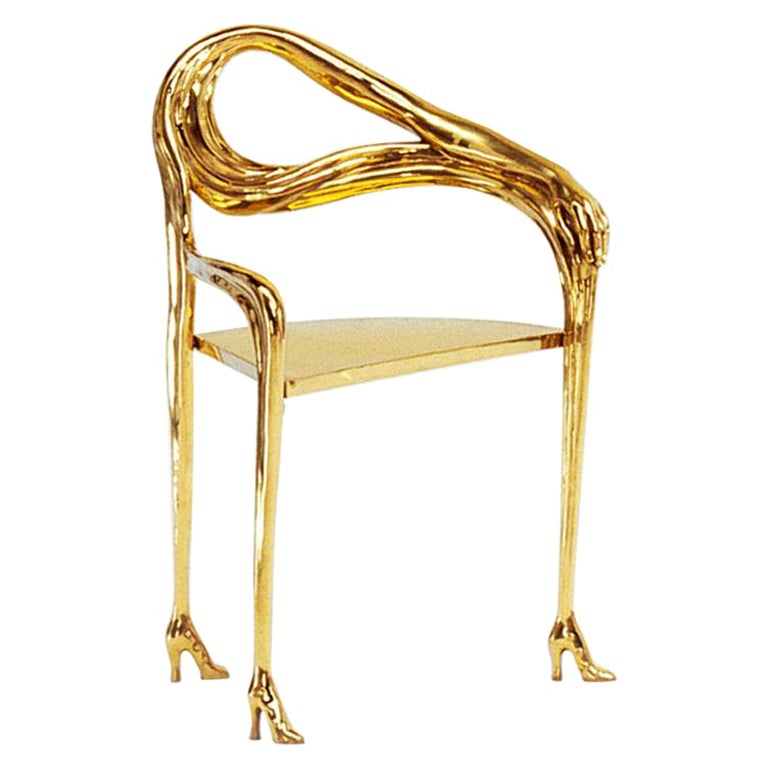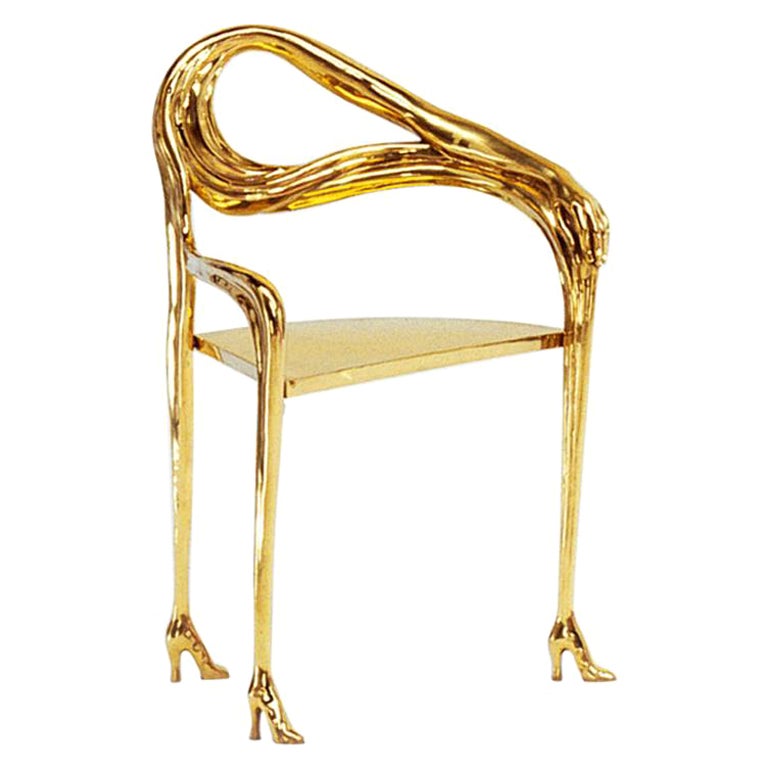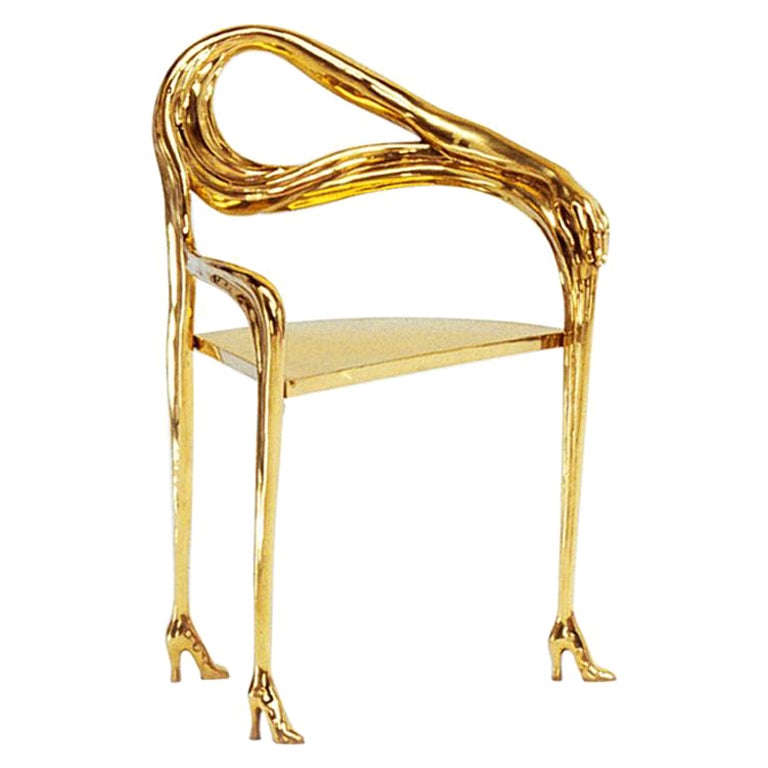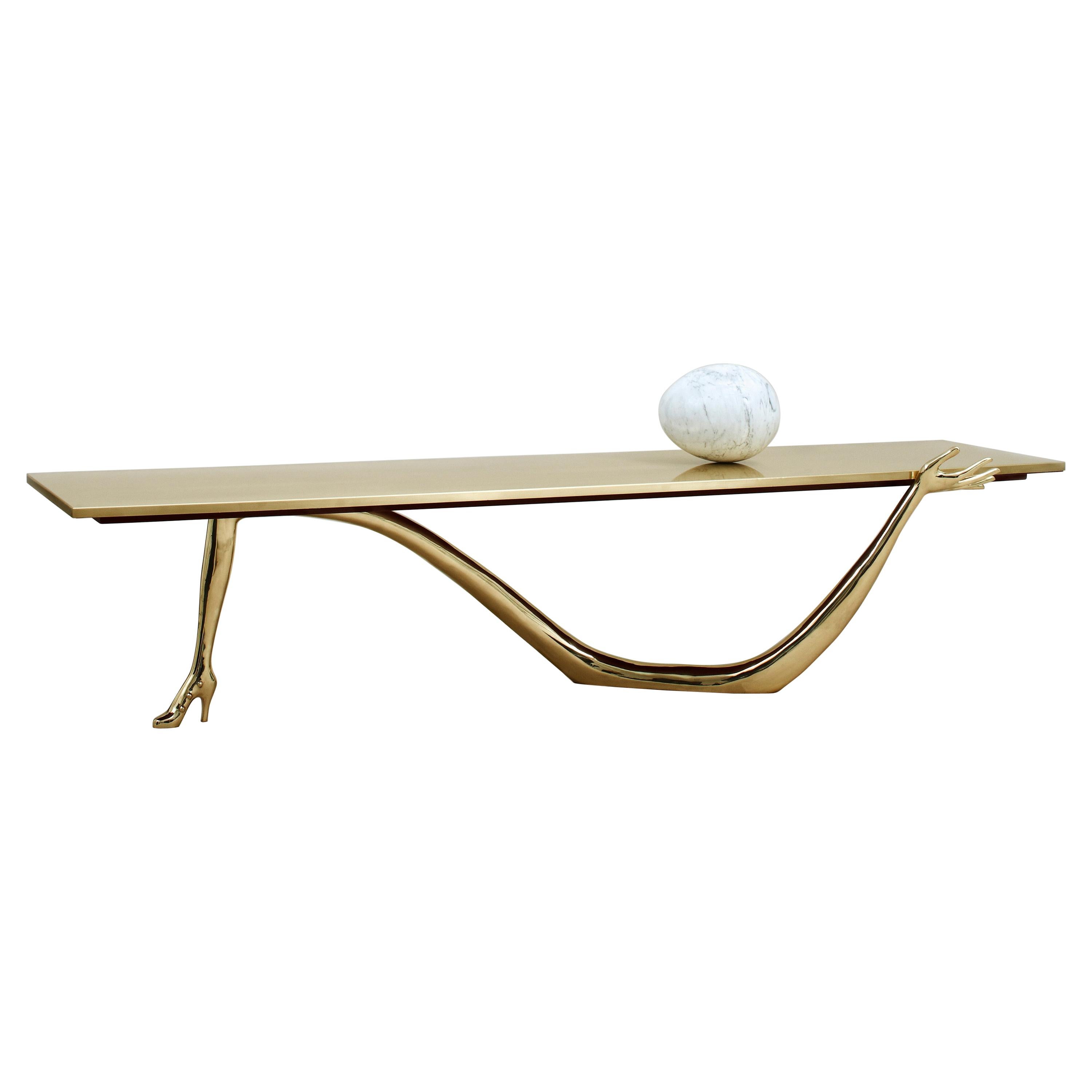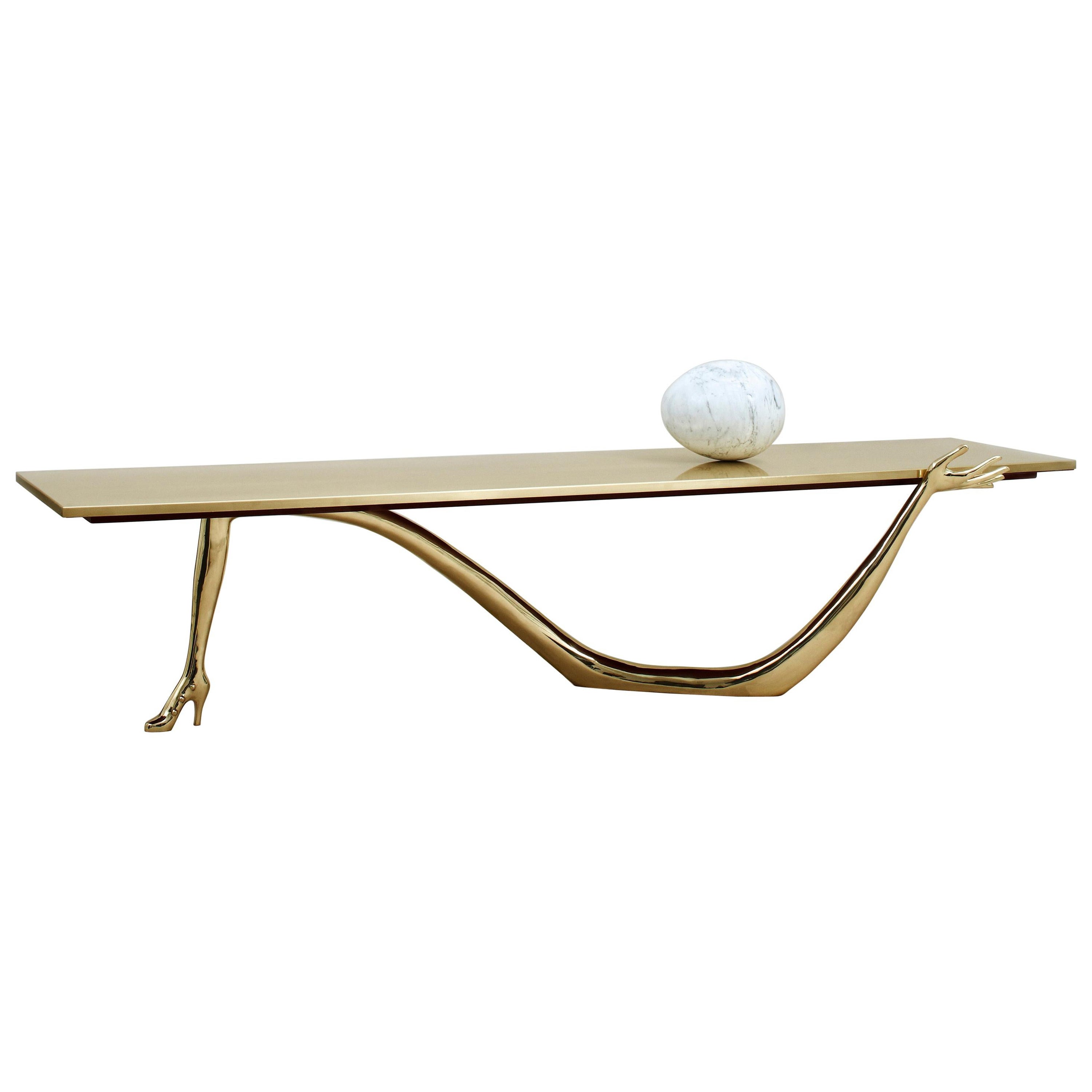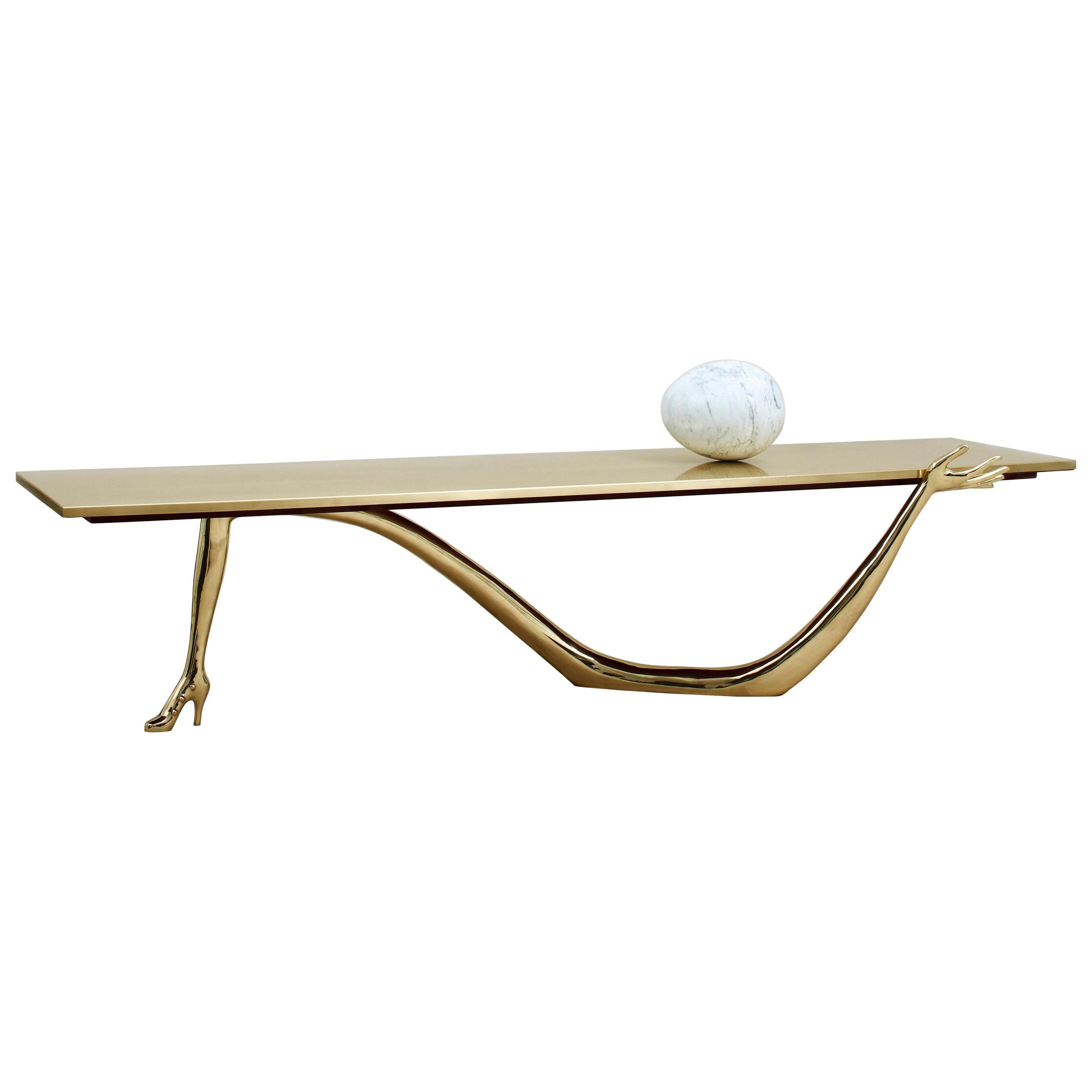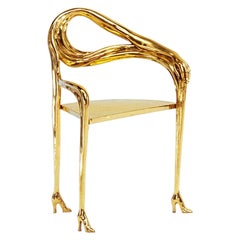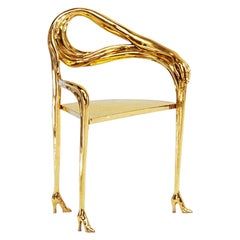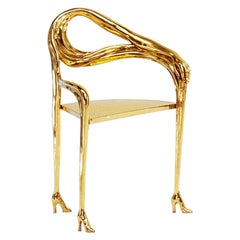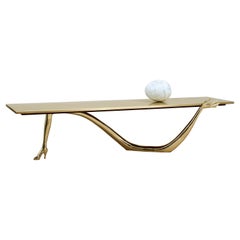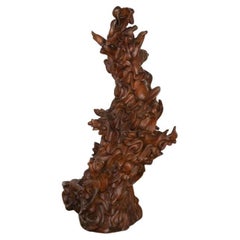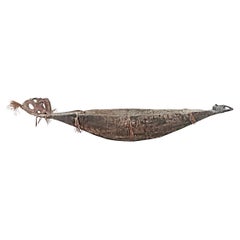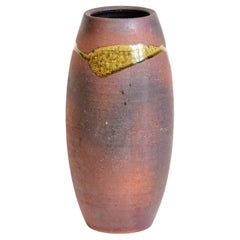Armchair model "Leda" By Salvador Dalí Spanish surrealist 20th century design
About the Item
- Creator:BD Barcelona Design (Manufacturer),Salvador Dalí (Designer)
- Dimensions:Height: 36.23 in (92 cm)Width: 23.63 in (60 cm)Depth: 18.51 in (47 cm)
- Style:Modern (In the Style Of)
- Materials and Techniques:Brass,Polished
- Place of Origin:
- Period:
- Date of Manufacture:2023
- Production Type:New & Custom(Current Production)
- Estimated Production Time:9-10 weeks
- Condition:
- Seller Location:Barcelona, ES
- Reference Number:1stDibs: LU3048332559732
Salvador Dalí
Instantly recognizable by his waxed, upturned mustache, the flamboyant Salvador Dalí is one of modern art’s most distinctive figures. He is also one of the icons of the 20th-century avant-garde Surrealist movement, whose dreamlike images, drawn from the depths of the unconscious, he deployed in paintings, sculptures, prints and fashion, as well as in film collaborations with Luis Buñuel and Alfred Hitchcock.
Dalí was born in Figueres, Catalonia, and even as a youngster, displayed the sensitivity, sharp perception and vivid imagination that would later define his artworks. In these, he conjured childhood memories and employed religious symbols and Freudian imagery like staircases, keys and dripping candles to create unexpected, often shocking pieces.
Dalí's use of hyperrealism in conveying Surrealist symbols and concepts that subvert accepted notions of reality is epitomized in what is perhaps his most recognizable painting, The Persistence of Memory (1931), in which he depicts the fluidity of time through melting clocks, their forms inspired by Camembert cheese melting in the sun. His artistic genius, eccentric personality and eternal quest for fame made him a global celebrity.
“Each morning when I awake, I experience again a supreme pleasure,” he once said. “That of being Salvador Dalí.”
Find original Salvador Dalí paintings, prints, sculptures and other works on 1stDibs.
- ShippingRetrieving quote...Shipping from: BARCELONA, Spain
- Return Policy
More From This Seller
View All21st Century and Contemporary Spanish Modern Armchairs
Brass
21st Century and Contemporary Spanish Modern Armchairs
Brass
21st Century and Contemporary Spanish Modern Armchairs
Brass
21st Century and Contemporary Spanish Modern Tables
Brass
21st Century and Contemporary Spanish Modern Tables
Brass
21st Century and Contemporary Spanish Modern Tables
Brass
You May Also Like
20th Century Furniture
Velvet, Wood
20th Century Indonesian Sculptures and Carvings
Wood
Vintage 1960s Papua New Guinean Tribal Sculptures and Carvings
Wood
20th Century Japanese Sculptures and Carvings
Pottery
20th Century Asian Figurative Sculptures
Wood
20th Century British Mid-Century Modern Animal Sculptures
Resin
